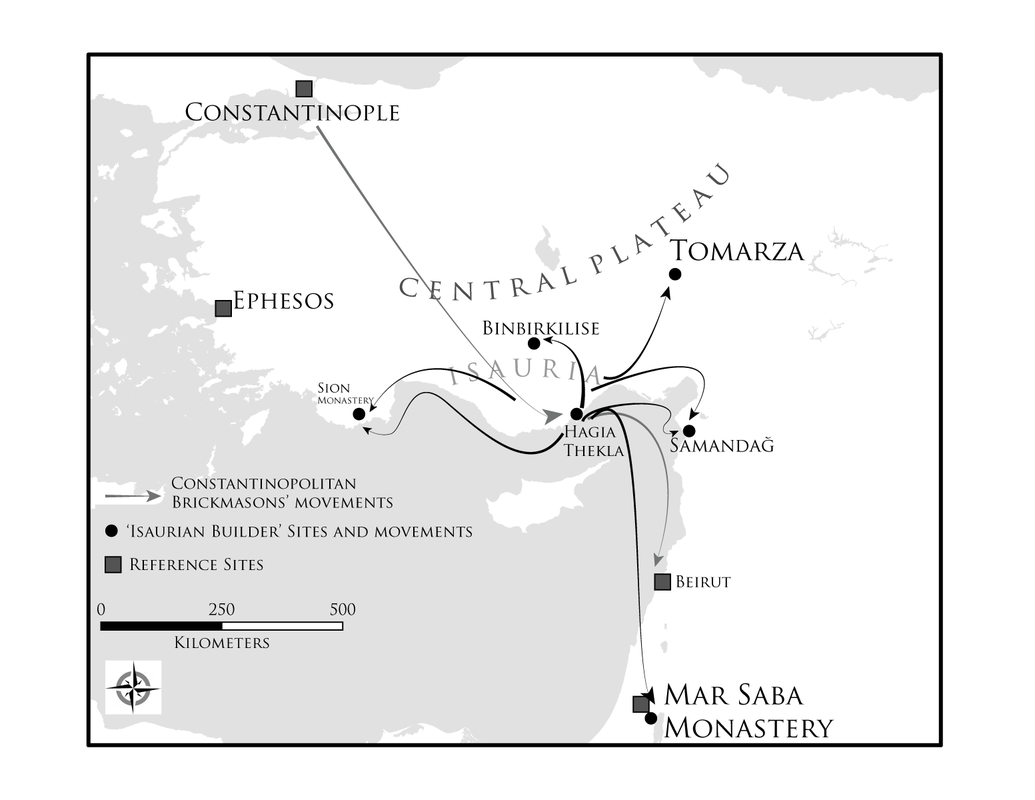- home
- curriculum vitae
-
research
- patterns of settlement and movement in eastern serbia
- southeastern europe digital documentation project (seedd)
- sacred landscapes of the mazi plain, greece in the roman and byzantine periods
- itinerant producers in the eastern Roman empire
- scales and impacts of early Christian devotional movement in Cilicia
- dissertation abstract
- dissertation prospectus
- conferences
- fieldwork
- teaching portfolio

